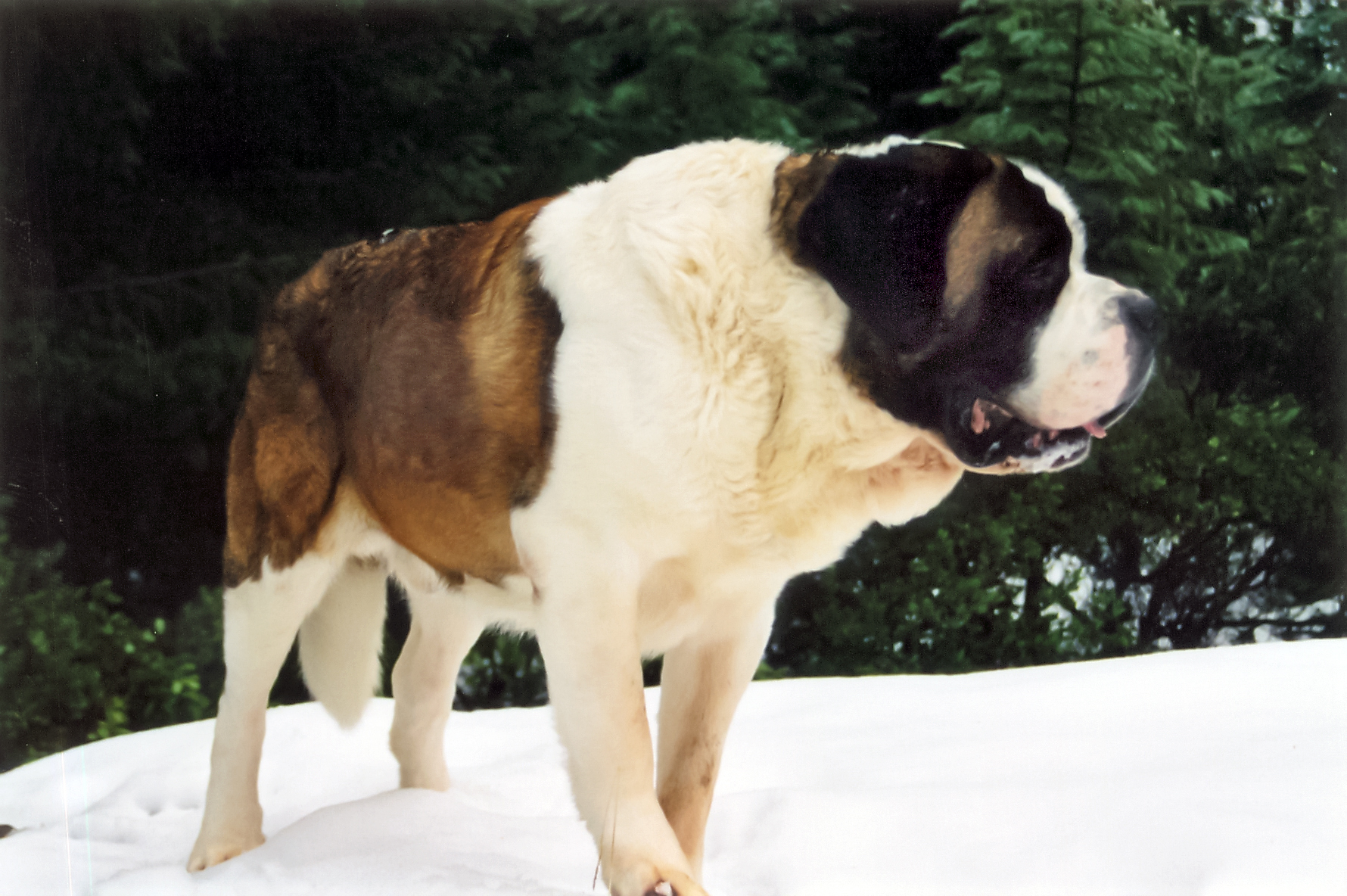Take a look at your dog. If you don't have a dog, then check this out:



Figure 1. What dogs may look like.
Good. Now that you know what a dog looks like, if you don't think that they're cute, then you're officially a moron.
Highfalutin' readers will already know that dogs are basically just friendly wolves. Seriously. At least 12,000 years ago, a bunch of wolves turned into dogs.
No one really really knows how it happened, but some scientists believe that wolves hanging around human settlements to eat garbage became dogs by accident. Ridiculous. In this blog entry, I'll present a more compelling theory for how dogs evolved.
Highfalutin' readers will already know that dogs are basically just friendly wolves. Seriously. At least 12,000 years ago, a bunch of wolves turned into dogs.
No one really really knows how it happened, but some scientists believe that wolves hanging around human settlements to eat garbage became dogs by accident. Ridiculous. In this blog entry, I'll present a more compelling theory for how dogs evolved.
To get to the bottom of the wolf-to-dog whodunit, we've got to revisit an experiment that was all the rage in the late 1990s - early 2000s: The Farm-Fox Experiment. The story stretches back to Soviet Russia in the 1950s. In those days, Soviet biologists knew that Mendelian inheritance and Darwinian evolution were capitalist tools used to oppress the proletariat and peasantry.
Of course, some backwards scientists just couldn't keep up with the latest fashions. One of them, Dmitry Belyaev (1917-1985), a geneticist interested in "Fur-bearing Animals," was particularly unhip to contemporary Soviet science. In 1958, he took a position in Siberia, and helped to found the Institute for Cytology and Genetics, where bourgeois scientists pursued a counter-ideological research program to bring sexy back (or at least bring back Mendelian inheritance).
Of course, some backwards scientists just couldn't keep up with the latest fashions. One of them, Dmitry Belyaev (1917-1985), a geneticist interested in "Fur-bearing Animals," was particularly unhip to contemporary Soviet science. In 1958, he took a position in Siberia, and helped to found the Institute for Cytology and Genetics, where bourgeois scientists pursued a counter-ideological research program to bring sexy back (or at least bring back Mendelian inheritance).
Figure 2. Mendelian inheritance is that stuff from seventh grade that tells you if your kids will be able to roll their tongues based on dominant and recessive genes.


Figure 3. From 1958 to 1985, Dmitry Belyaev conducted genetics research in Novosibirsk, the largest city in Siberia.
In 1959, Belyaev began a monumental experiment on silver foxes that would continue for the rest of his life and beyond. Starting with 100 females and 30 males, Belyaev and coworkers systematically bred the foxes for tameness. The test was simple. Every month, an experimenter reached in to a fox's cage and tried to pet it. If the fox bit, ran away, or otherwise freaked out, it was removed from the experiment, leaving only the tamest foxes to breed. Experimenters repeated the process of selecting the coolest foxes in each generation for 50 years, breeding a total of 50,000 foxes.

Figure 4. A silver fox looking intense.
Before long, the foxes started looking and acting like dogs. They developed unpredictable patches of white fur, droopy ears and curled tails. When the experimenters came by, the foxes would run up to them, wagging their tails, barking, and licking their human handlers. They even lost that musky fox smell. Over the course of the study, the percentage of awesome foxes increased so much that recent litters are almost entirely tame and friendly.
As far as I know, the experiment continues to this day, with some domesticated silver foxes now selling as high priced pets. Did I mention that my birthday is coming up?
Finally, in light of the farm-fox experiment, we can return to the origin of domestic dogs. Wolves eating garbage? Yeah right. Hunter gatherers periodically taming wolf cubs over a span of thousands of years? Give me a break.
Only one theory for dog domestication emerges as even remotely plausible: More than 12,000 years ago, a discredited scientist moved to a remote city and took nerd revenge on the popular kids by creating one of the coolest animals ever. All the fancy-pants scientists wanted to be her friends afterwards, and the dog inventor met a bunch of people that way. But eventually she realized that they weren't even all that cool in the first place. So, whatever.
Don't try to argue with this one. You'll lose.





Comments